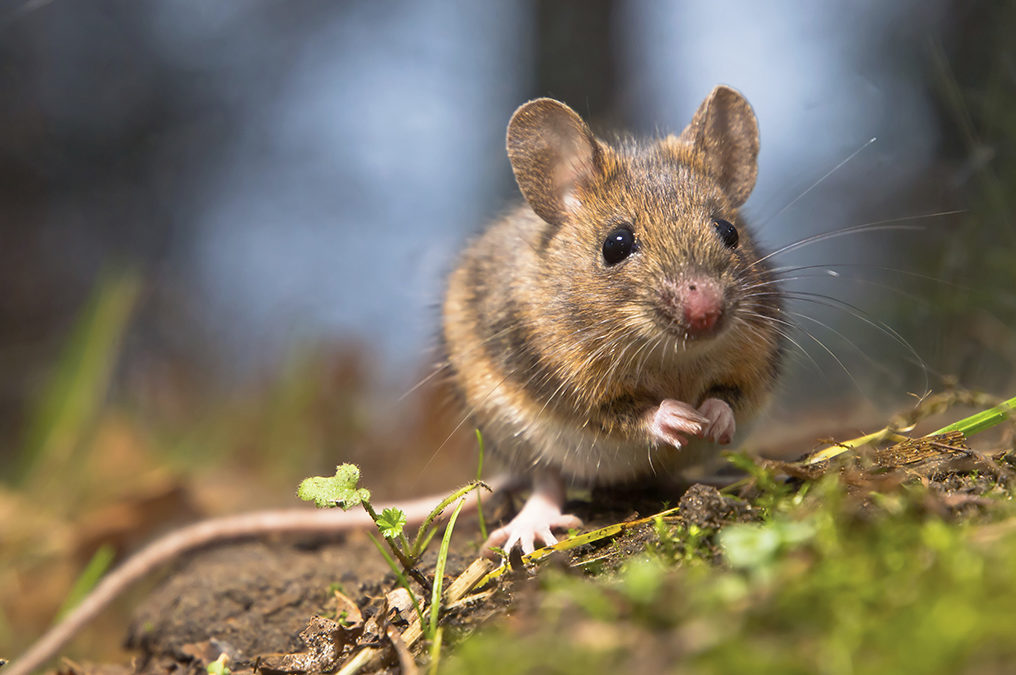Industrial Rat Control Natural Methods: Effective Strategies
Share
In today's world, industries face a persistent and costly menace: rats. These pesky rodents can cause significant damage to property, contaminate products, and pose health risks, making effective rat control essential. While chemical extermination methods are common, there is an increasing demand for industrial rat control natural methods that are safe, sustainable, and environmentally friendly.
In this article, we will delve into various natural methods to control rat populations in industrial settings. These methods not only help in maintaining a safe and healthy environment but also align with the growing trend towards eco-friendly practices.

Understanding the Rat Problem in Industries
Rats are notorious for their ability to adapt and thrive in various environments, and industrial settings are no exception. They are attracted to food sources, shelter, and warmth, all of which are frequently found in abundance in factories, warehouses, and other industrial facilities. The damage caused by rats can range from gnawed wires and structural damage to contamination of products, leading to significant financial losses.
The Need for Natural Control Methods
Traditional rodenticides and chemical methods, while effective, come with their own set of drawbacks. They can pose health risks to humans, pets, and other non-target animals, and improper use can lead to environmental contamination. Additionally, rats can develop resistance to chemical treatments over time, making them less effective.
Natural methods of rat control offer a safer and more sustainable alternative. By focusing on prevention, exclusion, and environmentally friendly deterrents, industries can effectively manage rat populations without resorting to harmful chemicals.
Proven Natural Methods for Industrial Rat Control
1. Exclusion Techniques
The first step in any rat control strategy is to prevent rats from entering the facility in the first place. This is achieved through exclusion techniques, which involve sealing entry points and making the environment less attractive to rats. Regular inspections to identify and seal gaps, cracks, and holes in walls, doors, and windows are essential.
Additionally, maintaining proper sanitation and waste management practices can significantly reduce the attractiveness of the facility to rats. Implementing a strict cleaning schedule and ensuring that food and waste are stored in secure containers can deter rats from taking up residence.
2. Use of Natural Deterrents
There are several natural substances that can help repel rats. Peppermint oil, for instance, is a popular natural rat deterrent. By placing cotton balls soaked in peppermint oil around the facility, particularly near entry points, industries can create an environment that is unpleasant for rats.
Another natural deterrent is the use of ultrasonic devices. These devices emit sound waves that are inaudible to humans but can disturb and repel rats. They are a chemical-free solution that can be used in conjunction with other methods for comprehensive control.
3. Encouraging Natural Predators
Nature provides its own solution to rat infestations in the form of natural predators. Encouraging the presence of predators such as owls, hawks, and even barn cats can help keep rat populations in check. Installing nesting boxes for birds of prey can attract these natural allies to the industrial site.
Success Stories and Case Studies
Several industries have successfully implemented natural rat control methods. In facilities where traditional methods failed, a combination of exclusion techniques, natural deterrents, and the introduction of natural predators led to a significant reduction in rat populations. These success stories highlight the effectiveness of natural methods and their potential for widespread adoption in industrial settings.
Conclusion: Embracing Natural Rat Control
The shift towards industrial rat control natural methods is not only about addressing the immediate problem of rat infestations but also about adopting sustainable and eco-friendly practices. By understanding the behavior of rats and implementing a combination of prevention, exclusion, and natural deterrents, industries can effectively manage rat populations while minimizing their impact on the environment.
For more information on natural pest control methods, you can visit natural mouse repellents or explore other eco-friendly solutions on rodent control in meat processing plants.

FAQ
1. What are the benefits of using natural methods for rat control?
Natural methods are eco-friendly, reduce health risks, and are sustainable in the long term. They prevent resistance build-up in rats and avoid environmental contamination.
2. How effective are natural deterrents like peppermint oil?
Peppermint oil is effective in repelling rats when used correctly. Its strong scent is unpleasant to rats and can deter them from entering or staying in an area.
3. Can the presence of natural predators significantly reduce rat populations?
Yes, natural predators like owls and hawks can significantly impact rat populations by preying on them, making them a valuable part of a natural pest control strategy.
